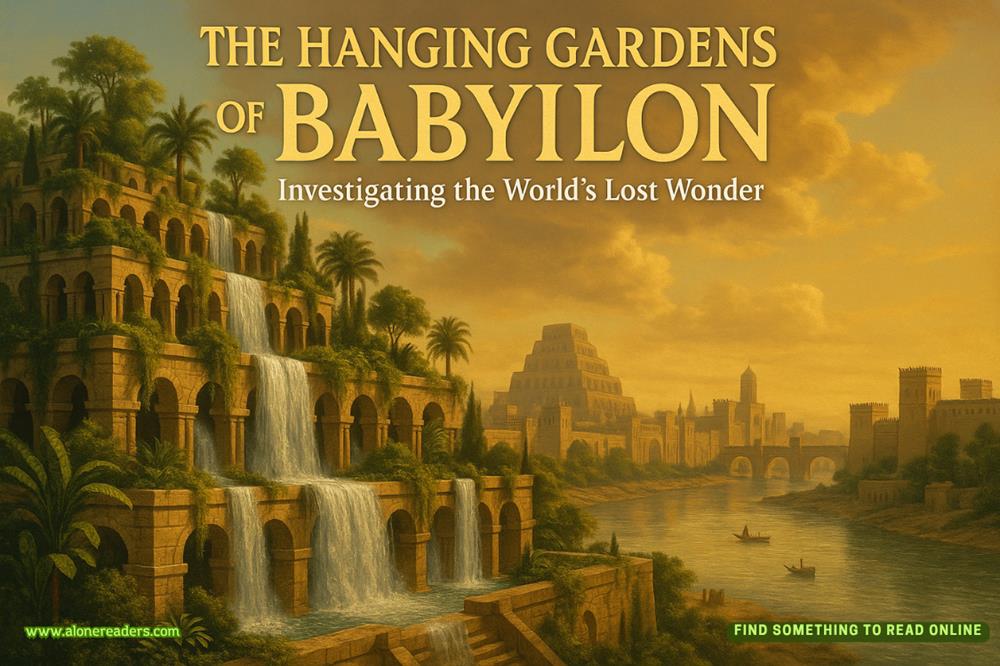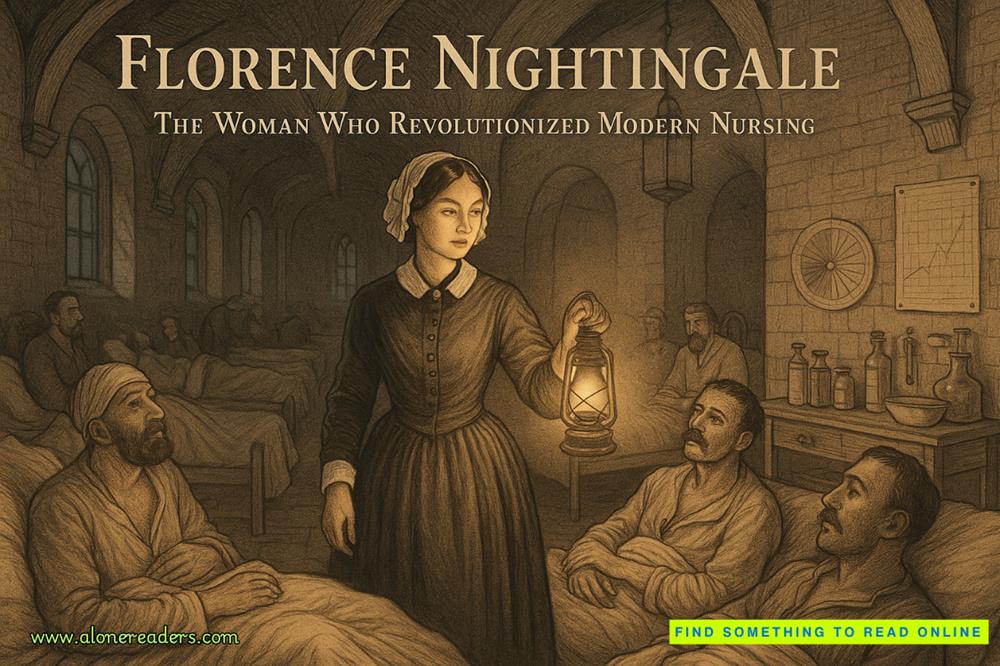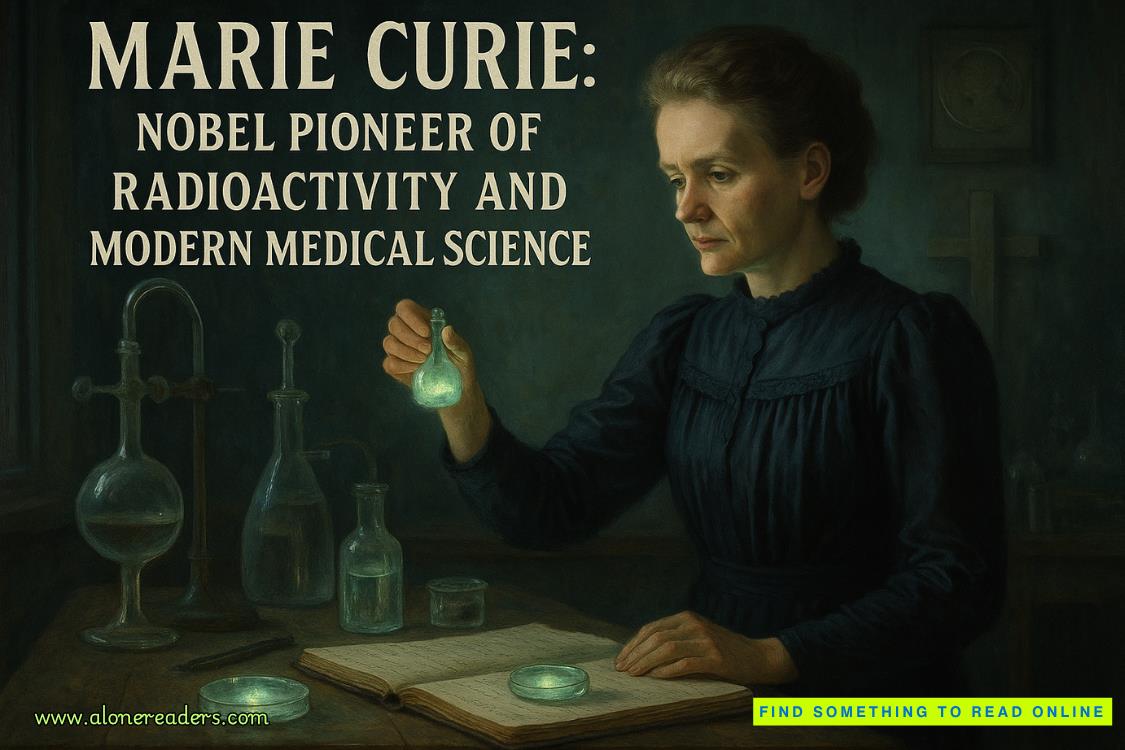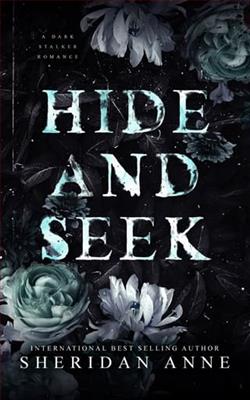Page 171 of Sweet Nightmare
“To be fair, it looks like we’ve shared this cellar for the last ten years. As for who he is? I have no clue. I’m guessing he’s the guy who’s been controlling the tapestry all along. When I was little, he’d make funny pictures in the tapestry to make me laugh. When I got older, they weren’t so funny.” He shrugs. “Other than that, I have no idea who he is or what he was doing in there.”
“I can tell you one thing he wasn’t doing,” Ember says as a shower turns on behind the blurry curtain. “He wasn’t showering.”
True freaking story.
“And you never thought to ask him?” Mozart sounds as incredulous as I feel.
“To be fair, I never saw him. All I’ve ever known is that the tapestry changes regularly. For all I knew it was a bunch of nightmares making the pictures.”
“You know what? I’m out,” Izzy says, walking to the bookshelf and pulling the jar that opens the top part of the cellar. “Call me when the grooming routine is over.”
“I’m coming with you,” Mozart says.
I watch as Luis walks up the stairs after them and try not to freak out at how faint future Luis is looking now.
“Hey,” Jude asks as everyone but Remy files upstairs. “What’s wrong?”
I don’t want to say it out loud—certainly nowhere Luis might overhear—so I just shake my head. “This seeing-in-triplicate thing is a giant pain, sometimes.”
“I can probably help you with that,” Remy says. “When I was first able to see the future, I couldn’t block it out, either. It was there, all the time, which—as I’m sure you know—makes it hard to do anything.”
“Really hard,” I tell him. He definitely has my attention.
And Jude’s, too, judging by how intently he’s listening to our conversation. Remy nods like he understands because, apparently, he does. “I do this thing now that helps block what I don’t want to see. I could show you how to do it if you want.”
“Show me how to not see everyone in this room three different ways all at the same time?” I ask. “Yes, please!”
He nods, then pulls me into the corner opposite the blurry curtain. “I like to think of it as building a door between me and all the future,” he tells me. “One that I can open whenever and however I want.”
“Okay.” That sounds reasonable. “How do I do it?”
He laughs ruefully. “I’ve never actually taught anyone how to do it before, so bear with me. But I’d say you start by picking something—or in your case, someone—that you’re seeing in the past, present, and future.”
“That’s pretty much everybody in here, except for Jude.”
“Okay, then. You can start by focusing on me.” He steps back a little so I can get a better view of all three versions of him—Remy about fourteen, again in the present, and then finally at what I’d guess is about thirty.
“Now, once you can see all three versions, I want you to imagine closing a door on either the past or the future one.”
I start to do what he says—it seems easy enough. But after four or five attempts, I still haven’t gotten anywhere.
“It’s not working,” I tell him, frustrated.
“Yet,” he says with a grin. “It’s not working yet.”
“Same thing.”
He laughs. “Start smaller—”
“I am starting smaller. It’s still not working.”
He tilts his head to the side for a moment, studying me. Then asks, “What kind of door are you picturing?”
“I don’t know. A door.”
“That’s not good enough. If this is going to work, you need to really know what the door you’re closing looks like. Is it black with ornate molding? Brown wood with a peephole? White with a little wreath hanging on it? How can you expect to actually be able to close a door if you can’t see what it looks like?”
I think about what he says for a minute, then close my eyes and try to do as he asks. But every time I try to picture a plain white door, my mind replaces it with a window—and not just any window, a stained glass window with three distinct colors. Red, purple, and green.















